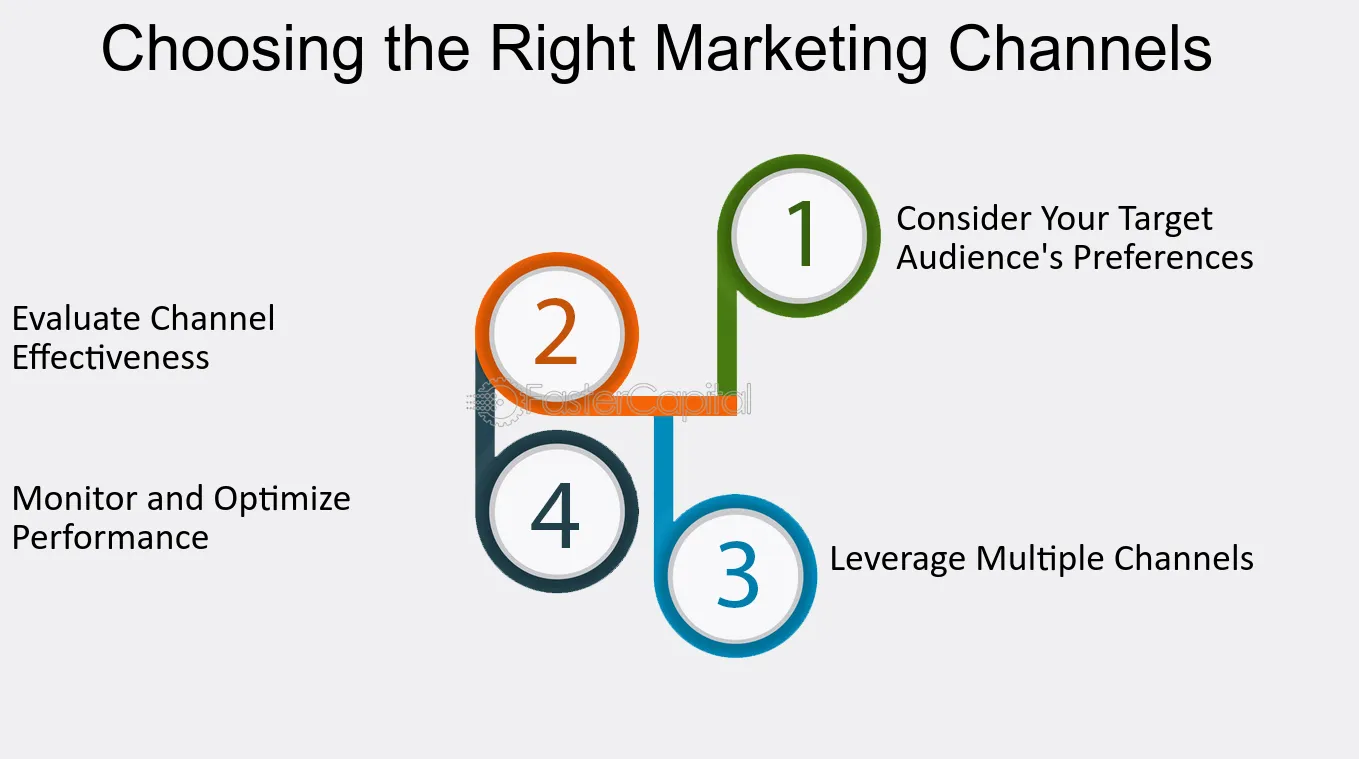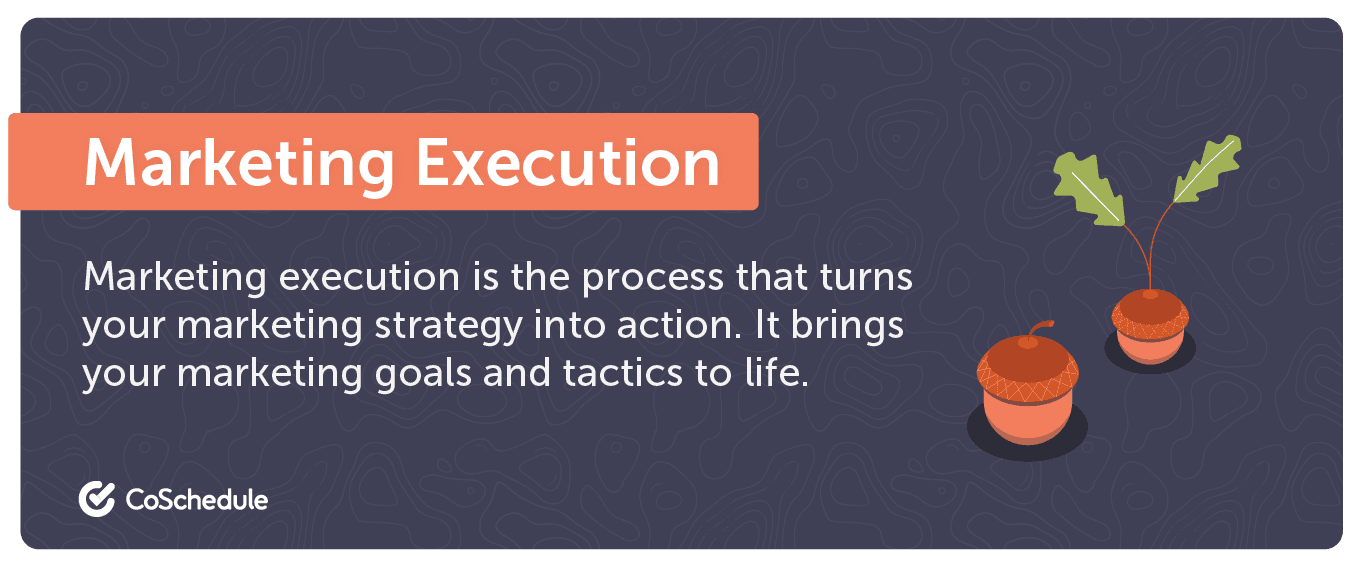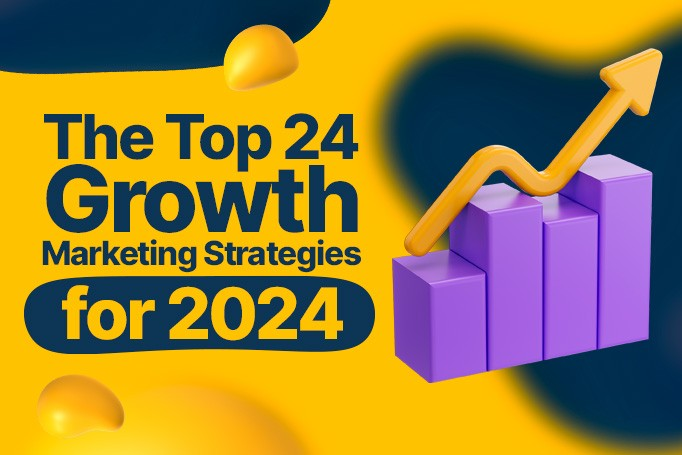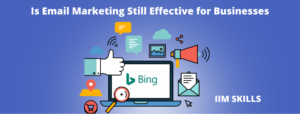Hearts outsmarting: Unlocking the Secrets to Marketing Strategy: Your Guide to Business Success in 2024

marketing-strategy-secrets-to-guide-business-success
Hearts Outsmarting: The Secret to a Winning Marketing Strategy
Today, we delve into a crucial secret behind the triumph of major brands: Marketing Strategy. It’s not just a fancy term; it’s your roadmap to reaching your target audience and achieving your business goals. In fact, hearts outsmarting competitors is the key to long-term success.
What is Marketing Strategy?
In simple terms, it’s a comprehensive plan that guides all your marketing efforts. It’s not just about short-term campaigns, but a compass that directs your promotional activities and ensures your brand stays strong in the competitive market. Moreover, it helps in hearts outsmarting competitors by understanding customer needs better.
Why is a Marketing Strategy Important?
Research shows businesses with clear marketing strategies are 331% more likely to succeed than those without! This highlights the power of strategic planning in positioning your products and competing effectively. Additionally, it’s a proven method for hearts outsmarting rivals in the digital age.
Building a Winning Marketing Strategy
- Market Research: Understanding your market, competitors, and latest trends is a critical starting point.
- Define Your Goals: What do you want to achieve? Increased sales, brand awareness, or market share expansion?
- Identify Your Target Audience: Who are you trying to reach? Understanding your target audience helps you craft the right messages.
- Choose the Right Marketing Channels: Email marketing, social media, short videos, and more – there are numerous options. Select the ones that best suit your target audience.
- Monitor and Optimize: Marketing strategies aren’t static. Continuously monitor, evaluate, and adapt to maximize effectiveness.
Market Research: The Foundation for Effective Marketing

Conquering customer hearts and hearts outsmarting competitors requires a “secret weapon” – market research.
What is Market Research?
It’s the process of gathering and analyzing information about the market, your customers, and your competitors. Think of it as using a magnifying glass to scrutinize your market, making informed decisions about your marketing strategy.
The Goals of Market Research
- Define Your Target Market: Identify the most promising customer groups who genuinely need your product/service.
- Listen to Your Customers: Understand their needs, desires, and feedback to create products/services that meet expectations.
- Maintain a Competitive Edge: Stay informed about market trends and competitor strategies to stay ahead.
Two Common Market Research Methods
- Primary Research: Gathering information directly from customers through surveys, interviews, product testing, etc.
- Secondary Research: Utilizing existing data from sources like industry reports, statistics, etc.
Tools to Aid Market Research
- Competitor Analysis: Learn what your competitors are doing, their strengths, and weaknesses to strategize accordingly.
- SWOT Analysis: Evaluate your business’s strengths, weaknesses, opportunities, and threats.
- Online Tools: Brandwatch, Hotjar, and more provide tools for analyzing customer behavior and managing social media.
Clear Goals: The Golden Key to Effective Marketing

Ever wondered what separates a successful marketing campaign from a failing one? Clear goals are the answer. Defining specific goals keeps your marketing team focused, ensuring everyone aligns with the same vision and contributes to collective success.
Setting SMART Goals – The Secret to Success
SMART is an acronym for five crucial factors when setting goals:
- Specific: Goals should be clear, understandable, and unambiguous so everyone in the team grasps them.
- Measurable: Goals need specific metrics for tracking progress and evaluating effectiveness.
- Attainable: Goals must be realistic, aligning with available resources and time.
- Relevant: Goals should align with the overall business strategy and directly impact company growth.
- Time-bound: Goals require clear deadlines to create motivation and drive progress.
OKRs – An Effective Goal Management Method
OKRs stands for Objectives and Key Results, a popular goal management method adopted by many businesses.
- Objectives: Define qualitative goals that represent what you want to achieve.
- Key Results: Establish quantifiable results for tracking progress toward achieving your goals.
Operating the Strategy
- Document and Track: Maintain records of goals and update progress regularly to ensure everything stays on track.
- Communicate: Share goals and progress with the entire team so everyone understands their responsibilities.
- Accountability: Assign specific tasks to team members to boost motivation and strengthen accountability.
Capturing Target Customers: The Key to Successful Marketing Campaigns

Did you know, identifying and understanding your target audience is crucial for tailoring your marketing strategies? It not only boosts engagement but also improves the overall effectiveness of your campaigns. So, let’s explore how to approach this crucial step.
Understanding and Segmenting Your Audience
- Demographic and Psychographic Segmentation: Categorize potential customers based on age, gender, income, education level, lifestyle, and behavioral characteristics to create laser-focused marketing messages for each segment.
- Socioeconomic Status and Occupation: Understanding your target audience’s social standing and occupational influence will help you craft messages that resonate with their hearts and minds.
Building Buyer Personas
This is a fun step, like sketching the portrait of an ideal friend.
- Gather Information: Interview various customers to gain a holistic view of the market.
- Organize Information: Categorize gathered information into meaningful groups like motivations, goals, and interests.
- Analyze: Dive deep into the data to identify commonalities and distinctive characteristics of your ideal customer.
- Refine the Persona: Synthesize your findings into a detailed profile, outlining key characteristics, purchasing behavior, and potential objections.
Important Factors for Buyer Personas
- Motivations and Goals: Understanding what drives customers and what they aim to achieve allows you to tailor your products and services accordingly.
- Challenges and Obstacles: Identifying the obstacles customers face enables you to provide relevant solutions in your marketing efforts.
- Purchasing Journey: Knowing how customers make purchases helps you create effective touchpoints and persuasive communication.
Tools for Creating Buyer Personas
- Semrush Buyer Persona Tool: This free tool helps you create detailed buyer personas, providing a structured template to input and analyze data.
Choosing Marketing Channels: The Key to Conquering Customers
Ready to discover the most effective marketing channels to attract customers and boost sales? Let’s explore the crucial strategies and channels you can’t afford to ignore.
Marketing Channels
- Social Media: Facebook, Twitter, LinkedIn, Instagram, YouTube, Snapchat, Pinterest… Oh my, so many options! Each platform has unique strengths for sharing content and engaging with customers. Leverage them to reach a diverse audience.
- Emerging Platforms: TikTok and Reddit are making waves with unique advertising tools like TikTok Shop and Reddit’s retargeting capabilities, catering to specific behaviors of each customer group.
- Traditional and Digital Advertising: Combine online methods like display advertising, SEM, and video advertising with offline tactics like print advertising and direct mail to reach a wider audience.
- Content and SEO: Develop a stellar content marketing strategy including blogs, articles, and SEO techniques to improve online visibility and credibility.
- Email Marketing: Implement automated campaigns and segmentation to maintain direct communication with customers, fostering engagement and retention.
Important Considerations
- Each marketing channel has its own pros and cons. The right choice depends on your goals, budget, and target audience.
- Experiment and measure the effectiveness of different marketing channels to identify the most suitable methods.
Personalization and Optimization: The Golden Key to Effective Marketing Campaigns

Let’s explore the secrets to personalizing and optimizing your marketing campaigns, helping you attract and conquer customers more effectively.
Personalization and Optimization
- The Power of AI: Utilize AI tools to analyze data and personalize advertisements, ensuring content aligns with individual users.
- Seamless User Experience: Optimize your website and mobile experience to enhance user engagement and conversion rates.
- Influencer Marketing and Word-of-Mouth: Collaborate with influencers who resonate with your brand to reach their followers, increasing trust and reach.
- Customer Delight – Brand Flourishing: Encourage customers to share their positive experiences, boosting brand trust and recognition.
Multi-Channel Integration
Employ a multi-channel approach to ensure a seamless customer experience across all platforms and devices, adjusting strategies as needed to meet market demands.
Measurement and Performance Improvement
- Analytics and Tracking Tools: Use tools like Google Analytics and Google Campaign URL Builder to monitor the effectiveness of your marketing campaigns and gather detailed information for improvement.
- Testing and Tweaking: Utilize A/B testing to experiment with different elements of your marketing campaigns, like ad copy and images, to identify what works best in engaging your audience.
- Refine and Adjust the Strategy: Continuously refine and adjust your strategy based on analysis and customer feedback to optimize your overall marketing efforts.
Execution, Measurement, and Optimization: A Never-Ending Journey
After crafting a perfect marketing strategy, execution, measurement, and optimization are equally crucial to guarantee success. Let’s explore the necessary steps to bring your strategy to life.
Execution and Monitoring
- Establish and Integrate: Begin by implementing monitoring mechanisms across different marketing channels to gather comprehensive data. This includes setting up analytics tools and defining specific tracking codes for campaigns.
- Data Collection: Ensure continuous data collection from all touchpoints, which is essential for in-depth analysis of customer interactions and behaviors.
Key Performance Indicators (KPIs) and Measurement
- Define KPIs: Establish clear KPIs like Return on Investment (ROI), Customer Lifetime Value (CLV), and Conversion Rate, aligning with the strategic goals of your marketing campaign.
- Regular Monitoring: Use dashboards and real-time analytics to track these KPIs, allowing for swift identification of trends and the effectiveness of different marketing tactics.
Continuous Optimization and Improvement
- Data-Driven Decision Making: Regularly review the collected data to understand customer preferences, campaign performance, and overall market trends. This step is crucial for making informed adjustments to your strategy.
- Testing and Refining: Use techniques like A/B testing to experiment with different marketing messages and formats. Analyze the results to refine your strategy and enhance the effectiveness of future campaigns.
- Adaptability: Be flexible and ready to adjust your strategy based on performance data and changing market conditions. This adaptability is key to maintaining relevance and a competitive edge in a dynamic market environment.
Conclusion

We’ve embarked on a journey to understand the intricate world of developing a meticulous marketing strategy for 2024, emphasizing the importance of blending market insights with clear goals and deep understanding of your target audience. This careful approach, fortified by strategic channel selection and creative tactics, paves the way for a marketing strategy that is not only comprehensive but also flexibly adapted to the ever-changing preferences and behaviors of consumers.
This guide highlights the significance of a data-driven, harmonious strategy, cultivated through continuous measurement and optimization, outlining the path to realizing enhanced brand visibility and competitive advantage within an increasingly complex market.
It encourages businesses to not only adapt to present trends but to anticipate and shape the future through informed decision-making and strategic foresight.
Let this guide serve as your blueprint and beacon to navigate the complexities of modern marketing, encouraging a proactive stance towards the opportunities and challenges that lie ahead in 2024 and beyond, emphasizing the crucial role of a comprehensive marketing strategy in the enduring success of any business endeavor.
FAQs

You likely have many questions about marketing strategy. Don’t worry, let’s address the most common inquiries so you can confidently build your own winning marketing plan.
1. What is an Ideal Marketing Strategy?
An ideal marketing strategy encompasses a comprehensive approach, integrating lead generation, retargeting, and search engine optimization to effectively reach and engage your desired audience.
2. What are the 7 Essential Steps of a Marketing Strategy?
Here are the 7 critical steps to develop a strategic marketing plan:
- Step 1: Ensure your marketing goals align with your company’s overall objectives.
- Step 2: Conduct thorough market research.
- Step 3: Perform a SWOT analysis to understand strengths, weaknesses, opportunities, and threats.
- Step 4: Define your marketing mix strategy (4Ps or 7Ps).
- Step 5: Establish a budget for your marketing activities.
- Step 6: Choose a project management tool to streamline the process.
- Step 7: Review and update your strategy regularly as needed.
3. What are the “4Ps” of Marketing and Why are They Important?
The “4Ps” of marketing, standing for Product, Price, Place, and Promotion, form the foundation of the marketing mix. These elements are crucial because they help marketers plan and execute their strategies effectively, ensuring each component interacts harmoniously with the others.
4. What are the 7 Elements of the Marketing Plan (“7Ps”)?
Initially, the marketing plan revolved around four elements: Product, Price, Place, and Promotion. Over time, the model expanded to include three additional elements: People, Packaging, and Process, forming the “7Ps” of the marketing mix. These elements are essential for a holistic approach to marketing strategy.
For more insights on how to stay ahead in the digital age, check out our related articles: The Digital Age Reigns Supreme: B2B Marketing Strategy is the Key Decision,




